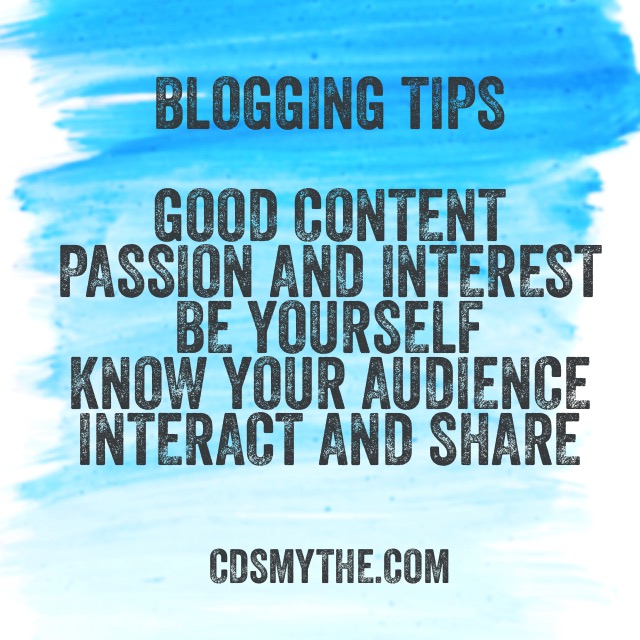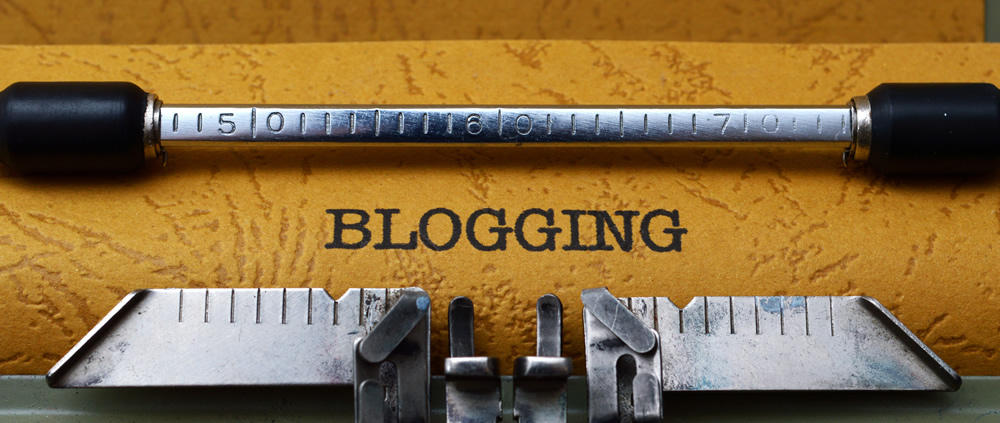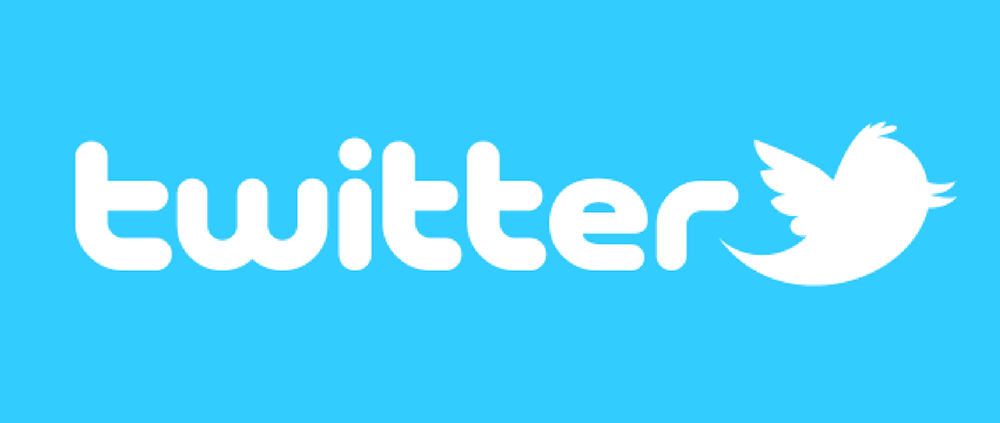1 Minute Introduction to Blogging
Blogging refers to publishing in a website on the WWW – usually a single person or small group of people would contribute posts to a Blog which would be a collection of articles around a particular topic or no topic at all. Posts are organised into categories or displayed chronologically as they are posted by the Blog Author.
This site could be classified as a blog. Blogs can give someone a voice on the internet – Bill Gates has a blog and so can you!
Video Introducing Blogs and Blogging (2:58)
Key Words:
- Blog – the website where your Posts and other material or links is stored on the World Wide Web
- Blogger – someone who contributes posts to a blog
- Posts – series of articles making up a Blog, usually displayed in categories or chronological order
- Categories – how you group your Blog Posts
- Comments – messages people can leave behind after your Posts if you enable them to
- Theme – the template which gives your blog it’s look and feel
- Subscribers – people who subscribe to your posts receive notice when you make a new post
What can I use Blogging for?
- Blogging is a great way to share your ideas or interests with others. Think about your Google search results – how often when you are searching for help on something do you end up on someone’s blog where they are answering your question?
- Blogs exist for probably any topic you can think of and it can be surprising what you can find online
- Some teachers use blogs to share what their classes are doing at school – Ms Cassidy’s Classroom Blog
- A Principal may use a blog to share understandings about learning – Learning at St Joseph’s
- A group of teachers may contribute to help other teachers – Australian Teachers Blog
How do I Blog?
- First place to start is to have a blogging platform to use. Once you have the platform you can customise the look and feel of it and then start adding blog posts.
- There are some free blogging platforms you can look at which usually just require a signup email address before you can rock’n’roll.
- Check out some of these free ones:
- WordPress – WordPress sites make up a massive number of the blogs and websites on the web. Sign up at WordPress.com for a freebie and get started. This site is based on WordPress and WordPress would still be my recommended starting platform for a keen, serious, likely to continue blogger!
- Tumblr – not as feature rich as WordPress but useful for simple quick updates
- Blogger – a Google product which is easy to sign up for with your Google account but you never know when Google pull the plug on its products.
- Google sites – similar to WordPress, Google sites are free and fairly customisable.
- Weebly – WordPress like, use to build websites or blog style website
- Edublogs – WordPress based but intended for use by Teachers and Educators
One of the advantages of starting with a free hosted website is that if after some time you decide you want more control with your own hosting, web domain and email addresses you can pay for your own web hosting and setup a WordPress site there.
Video: Setup a WordPress.com Blog (30:52s)
Blogging Pro Tips:
- #1 MOST OF ALL – Content is the key – if what you say is rubbish that’s where people will put it and they wont come back.Don’t hesitate – if you have things you want to share and have discussion about just start blogging. Once you’re up and running you can change platforms, copy and paste or import content. But just get started!
- Don’t blog for the sake of it. Blog about what your really interested in or what you believe and think is worth sharing that way it will be easy to continue doing it!
- Be yourself – write your blog posts using the same language you’d use if you were talking to someone in the flesh! People get to know you through your blog so don’t be someone you’re not!
- Audience – know who you are writing to – this will shape what you blog about and how you do it
- Choose your blog theme and colours (and fonts) well. Your blog will be more attractive to read and revisit if it looks modern and up to date. Don’t choose colours that clash and use a minimum number of fonts.
- Engage in conversation with those who comment on your Posts – be polite.
- Share you posts on social media – use Twitter and Facebook to share your blog posts with others
- Use share buttons on your blog to make it easy for readers to share on their networks
Share this image with your followers!









